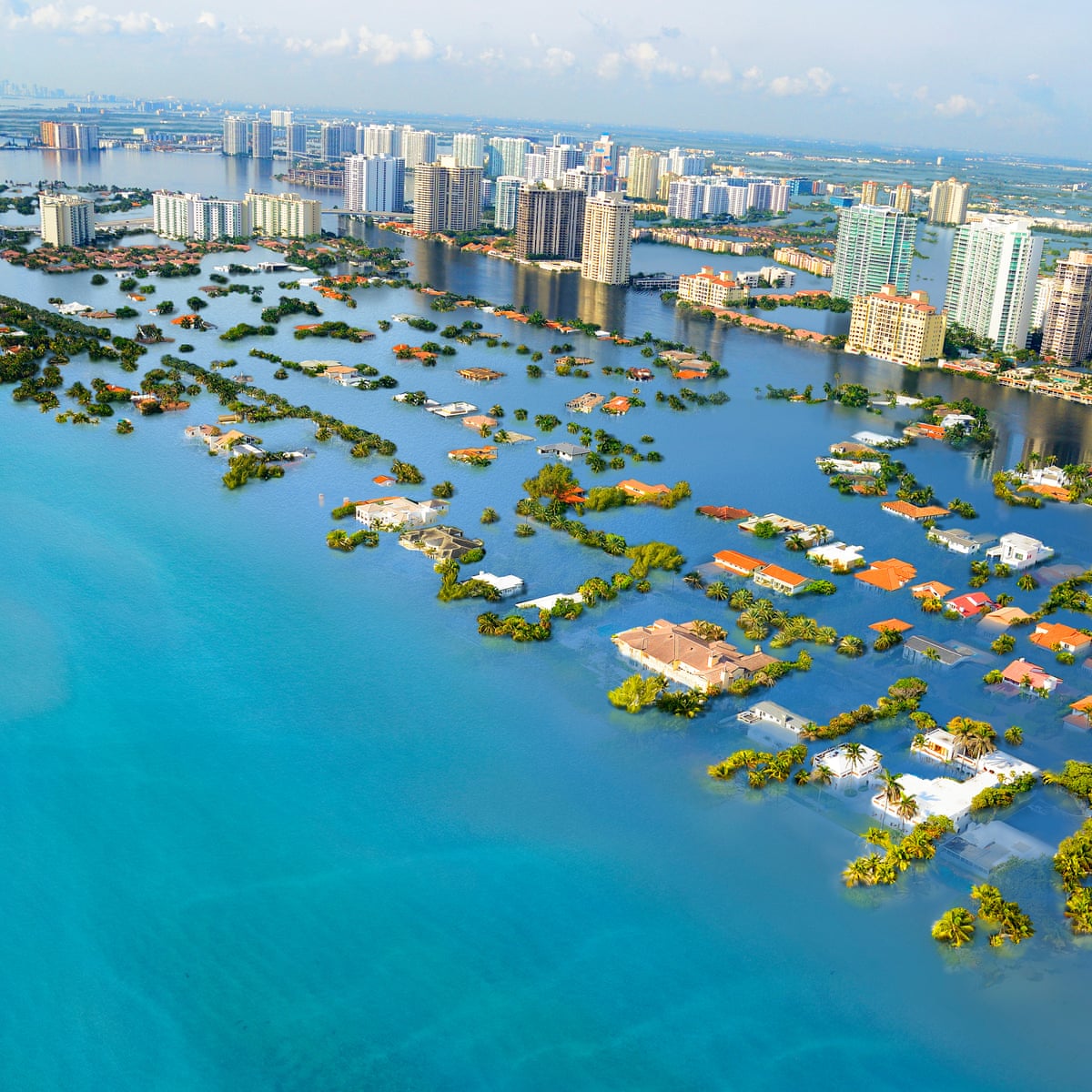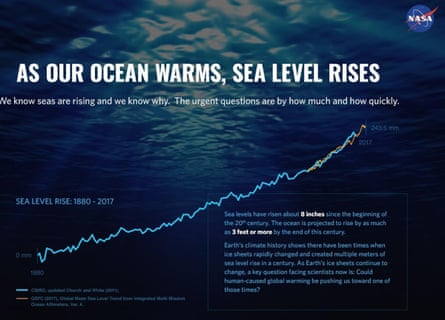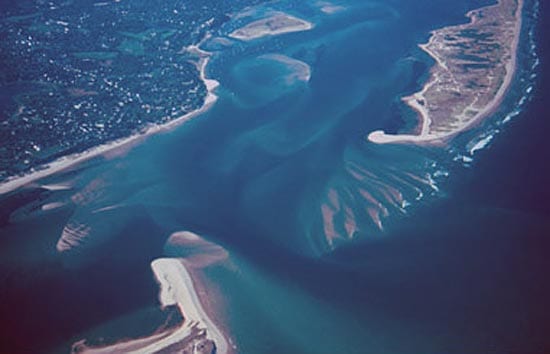Rising Sea Levels Caused By Dirt On Ocean Floor
In contrast absolute sea level change refers to the height of the ocean surface above the center of the earth without regard to whether nearby land is rising or falling remember.
Rising sea levels caused by dirt on ocean floor. Sea level continues to rise at a rate of about one eighth of an inch per year. Higher sea levels mean that deadly and destructive storm surges push farther. In 2014 global sea level was 2 6 inches above the 1993 average the highest annual average in the satellite record 1993 present. Global warming causes rising sea levels in two ways.
By 2100 sea levels may rise another 1 to 8 feet that s feet not inches. Mo brooks tells scientist rising sea levels are not caused by higher temperatures leading to melting ice but instead more soil deposited on the ocean floor. Temperature and sea level are linked for two main reasons. Recently rising temperatures have caused much of the frozen water on the planet s glaciers to melt and join the ocean as liquid.
Second a warmer temperature melts greenland s ice sheets and the polar ice caps. Global sea level rise has two major causes. Increased melting of land based ice such as glaciers and ice sheets. This mass melting of ice has raised sea levels a problem whose.
Currently sea level is rising about one eighth of an inch per year but is projected to rise in the future. When water heats up it expands about half of the sea level rise over the past 25 years is attributable to warmer oceans simply occupying more space. That alone has caused half of the sea level rise in the past century. Global sea level has been rising over the past century and the rate has increased in recent decades.
Our oceans do not work like a bathtub or sink. First as the ocean warms it takes up more space. As the temperature of the earth changes so does sea level. Rising sea levels combined with sinking land will.
In some places sea level is rising and in others it is falling. Alaska is a perfect demonstration of variation in regional sea level change. As water warms it expands slightly an effect that is cumulative over the entire depth of the. Along the southern coast of alaska the land is rising two to four times faster than the sea thanks to the region s geology featuring a collision of tectonic plates and glacial rebound both causing the.
Ice melting from land into the ocean thermal expansion a slowing gulf stream and sinking land all contribute to sea level rise.

















